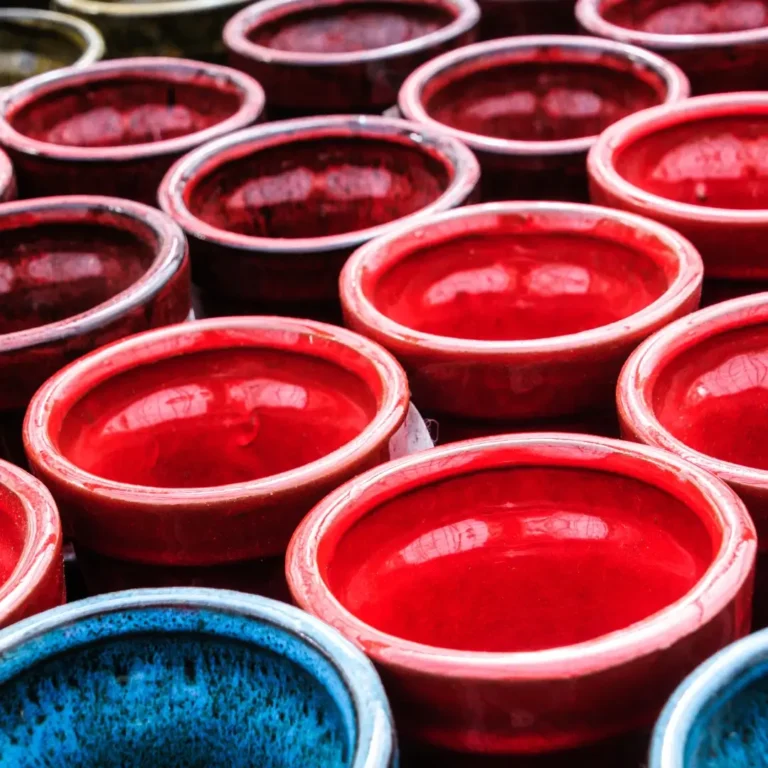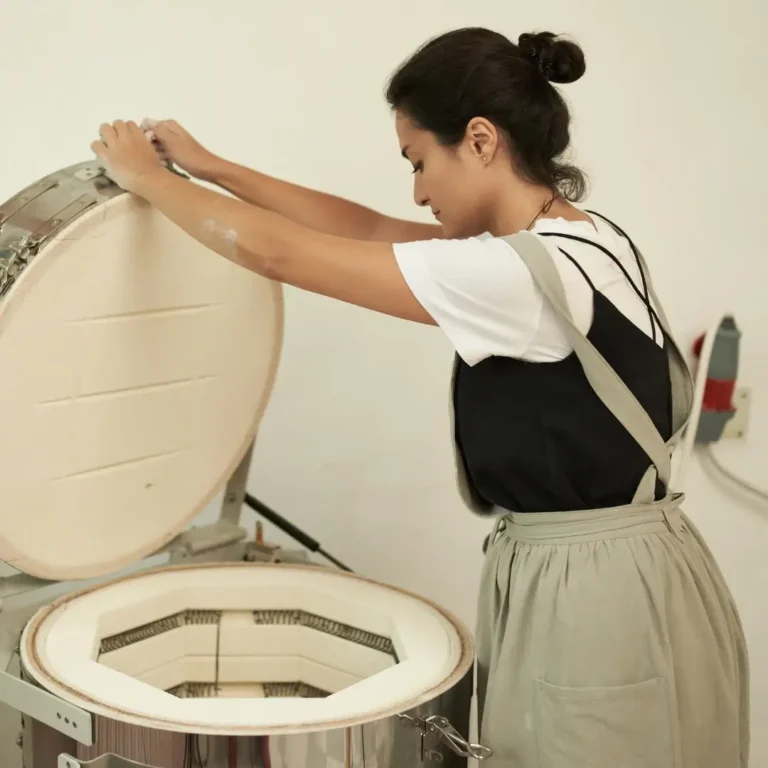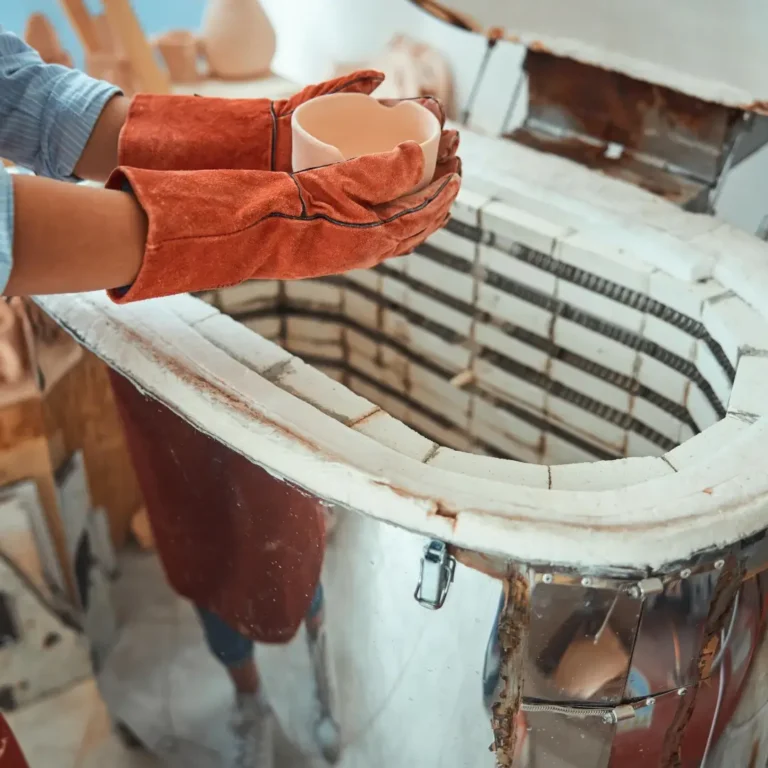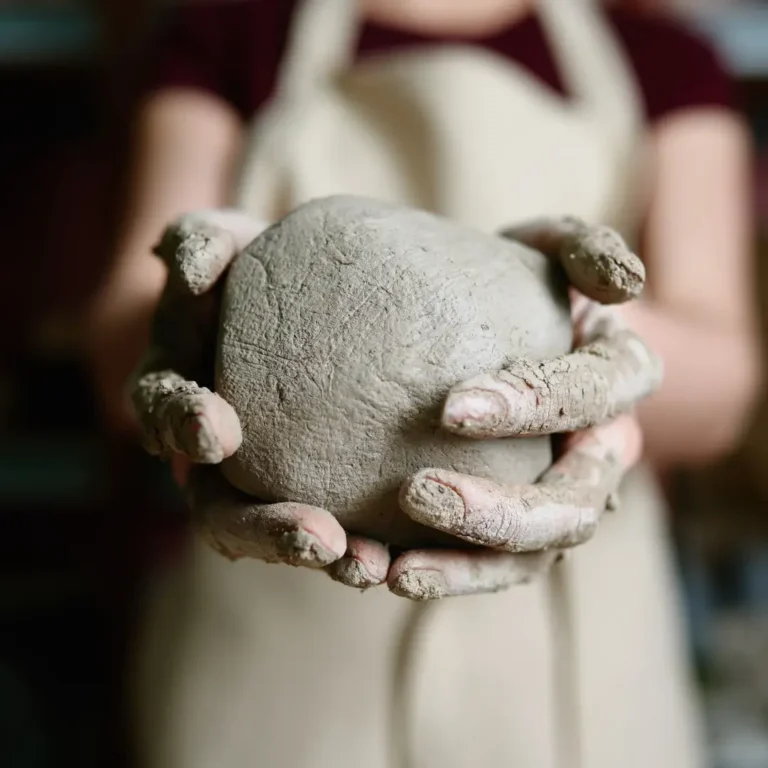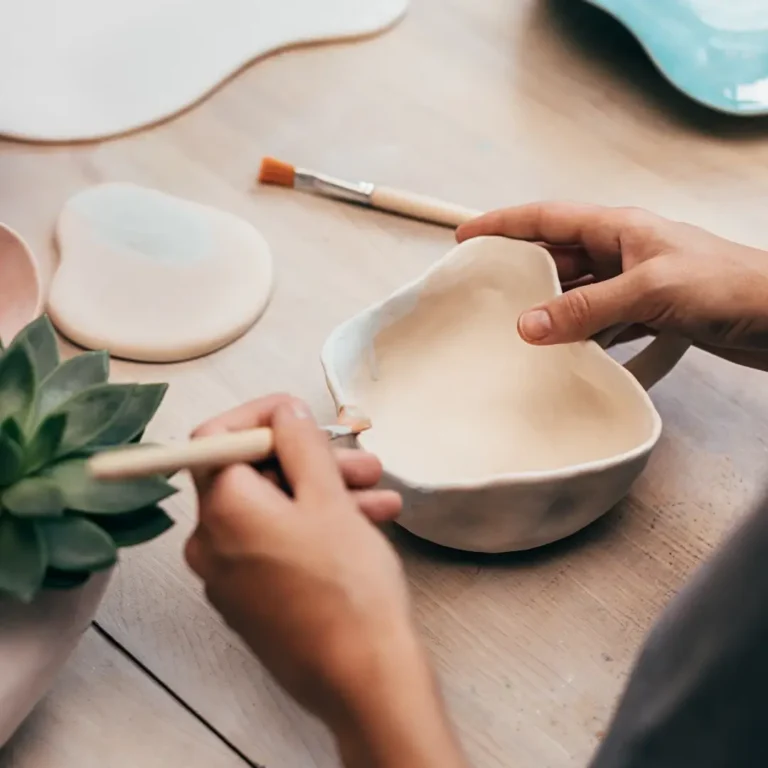Why Yuri-kinsai ceramics are so sought-after
Yuri-kinsai is a fascinating Japanese glazing technique used for hundreds of years by a large number of potters. In this article, we will examine Yuri-kinsai and the history behind it, as well as its evolution in contemporary Japanese ceramics.
Table of Contents

What is Yuri-kinsai?
Yuri-kinsai is an ancient Japanese technique that is almost four hundred years old and consists of applying gold leaf to the piece and adding further enameling. The technique was developed by Sakaeda Kakiemon in the 17th century and was first used in Japan in 1647.
The familiar name Kakiemon also refers to the multi-layered and multi-fired glaze that was used in Arita pottery.
Yuri-kinsai is derived from the Japanese word “yo-rin”, which means “flower”. A woman working with this technique is said to be a “yo-rin”. This style is characterized by its two-tone approach, with soft jet black interiors and lighter exteriors.
Yuri-kinsai uses two different types of gold leaf to form an underglaze. First, the leaves are cut to the desired shape and then applied to the lacquered surface. Next, a clear glaze is applied on top. This glaze is fired to fuse the leaves to the surface. A soda glaze is then applied to complete the process. This process can take up to six individual firings to obtain the final product. The different thicknesses of the gold leaf create contrast and the glaze adds visual dimension.

(Artist: Minori Yoshida, photo: Iroha Shop Japan)
A very special enameling technique
Yuri-kinsai, or gold-coated porcelain, is a glazing technique that was very innovative in the 17th century. The technique combines two different types of gold leaf on a lacquered surface. The leaves are then covered with transparent glaze and fired. The resulting piece is a complex composition with different thicknesses of leaves and a translucent overglaze.
The technique can be applied to various types of ceramics and can be applied in a variety of ways. Some pieces are covered with a single layer of glaze, while others are covered with multiple layers. The final pieces can be scratched or marbleized.
Influential artists
Japanese ceramic artist Kato Hajime is an influential figure in Yuri-kinsai. Born in Seto, he began making ceramics when he was just a teenager.
He studied ceramics at the Gifu Prefectural Ceramic Research Institute and won an award for his work at the 1927 Imperial Academy of Fine Arts Exhibition in the Industrial Art category. He continued to exhibit his work and in 1930 adopted the name “Hajime”.
The artist works mainly in the areas of Shino, Oribe, Kizeto and Tenmoku. He is a member of the Japan Industrial Arts Association.
Some ceramists use this technique to create works that evoke natural forms. For example, artist Kishi Eiko uses this technique to create intricately detailed vessels. She also uses a color inlay technique called saiseki-zogan to create pieces with multiple shades. These pieces can be large or small, with geometric shapes or with a constantly evolving experimental style.
It is in many public collections
This style of pottery has become increasingly popular around the world since it was first created.
Yuri-kinsai is in various public collections around the world. Currently, his works are in the National Museum of Modern Art in Tokyo, the Victoria & Albert Museum in London and the Royal Museum in Edinburgh. His pieces have become very valuable: some works can exceed three million yen.
Some pieces come from the collection of the family of ceramists who inherited Kiyomizu Rokubei.
We hope you liked this post. It will help us if you share it on social media 👍
Note: This article contains affiliate links that lead to the artists’ stores outside of the Ceramicartis website. If you buy something from them, we will receive a small commission that will help us to continue our site and in turn continue to support those artists.
This of course does not affect the selling price.
Latest posts:
